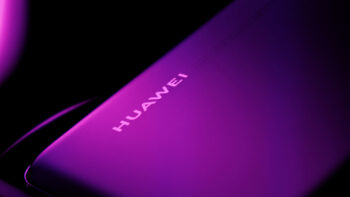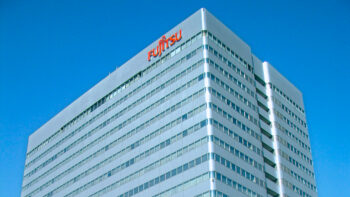For years, the main criterion for the selection of printing devices in small and medium-sized businesses has been price – both purchase and operation. However, rising business costs and changing expectations of office technology have meant that this pattern is changing.
Today, functionality related to document process automation, cyber security and flexible financing models are increasingly determining the choice.
As Rafał Szarzyński, Sales Director Sharp Business Systems Polska, points out, this shift in priorities is clearly visible in conversations with customers from the SME sector.
“Financial aspects such as the cost of equipment or operation have always been and will continue to be important to customers. Particularly customers in the SME sector, the most affected by the increase in operating costs of doing business. It is worth noting that companies in this sector, are looking to different financing models, from the standard leasing/rental of equipment to the increasingly popular fee per page printed or the new subscription model. However, it is the other two key aspects of print systems that are starting to be the priority ones for users.” – Rafał Szarzyński, Sharp Business Systems Polska, emphasises.
Document process automation – gain in time and quality
One of these priorities is the automation of simple, repetitive workflow activities.
In practice, this means implementing printing solutions equipped with OCR systems that can recognise text on scanned documents, extract metadata from them and automatically transfer them to external systems – from finance and accounting to workflow platforms.
“Therefore, printing solutions that incorporate OCR systems and provide streamlined document workflows, use the metadata extracted from the documents and automatically transfer them to external systems such as finance and accounting or workflow systems are becoming increasingly popular.” – Sharp Business Systems Polska expert adds.
For SMEs, this not only saves time, but also means less risk of errors, faster posting of invoices or better control over project documentation. In many companies, such improvements are becoming the cornerstone of digital transformation.
Printers as fully fledged network devices
The second key area that is growing in importance is security. And not in the sense of protecting against unauthorised access to printouts, but in the context of cyber threats. In the modern IT environment, the printer is a fully functional point on the network – and that means it can become a target for attack.

“The other functionality that is starting to become important in print environments is security issues, and more in terms of cyber threats than unauthorised access issues. In fact, the standard in organisations looking after aspects of this is to treat devices, not as mere print or scan sites, but as full-fledged network devices. Devices through which the client’s infrastructure can be hacked which can result in large losses for the organisation.” –Rafal Szarzynski adds.
Therefore, manufacturers are increasingly implementing features such as data encryption, user authentication, regular firmware updates or real-time access monitoring.
These are elements that were the domain of large corporations only a few years ago, but are now becoming standard in SMEs as well.
Mobility and cloud integration – barrier-free hybrid working
The shift in working patterns towards a hybrid model has made mobile access to printing and scanning devices as important as their technical performance.
The ability to print or scan from anywhere, using popular cloud solutions, has become not just a convenience but a business requirement.
“It is also worth bearing in mind the issues of mobility and printing or scanning using cloud solutions. Today’s SME market is successfully using popular solutions based on Dropbox or M365. This type of functionality has become very popular in recent years.” – says Rafał Szarzyński, Sharp Business Systems Polska.
Integration with platforms such as Microsoft 365 and Google Workspace allows documents to be transferred quickly between the office and remote workers, and facilitates collaboration with clients and partners.
Growing popularity of MPS and the “as-a-service” model
Not only are the functions of devices changing, but also the way companies use them. Managed print services (MPS) and subscription models are gaining the upper hand over traditional hardware purchases. The reason? A combination of predictable costs and access to the latest technology.
“It is the aforementioned financial aspect that is one of the main factors making SMEs increasingly opt for managed services – such as print services. The benefits of buying any service (not a product) are now a dominant aspect in the decision-making process and the choice between: buy or rent.” – says an expert from Sharp Business Systems Polska.
The ‘as-a-service’ model gives companies flexibility – you can easily increase or decrease the number of devices as required, and service and consumables are included in the subscription. This is particularly important in dynamic sectors where staff numbers and print volumes can change from month to month.
From device to IT strategy
Printing in SMEs is no longer just about office equipment – it is becoming part of the IT strategy, affecting the security, efficiency and flexibility of the entire organisation.
Automating document processes reduces working time and minimises errors, while new security standards protect against real cyber threats.
At the same time, the growing popularity of service models allows companies to take advantage of the latest solutions without high capital expenditure.
As Sharp’s experience shows, it is the combination of automation, security and flexible finance that defines the modern printing environment in the SME sector today.












